Very beautiful portrait of Louis Antoine de Saint-Just.
This oil on canvas seems to be from a portrait by Angélique Louise Maillard, kept at the Musée du Carnavalet in Paris.
Portraits of Saint-Just are very rare, this one is of very good quality.
The work we present is signed and dated, the signature is hardly identifiable.
I think it is signed C. Jalabert, and which is dated 1847 (see photos), which could correspond to the painter Charles Jalabert (1818-1901).
The work is in perfect condition, sold with a beautiful wooden frame (light lacks).
Chassis dimensions: 73 x 60 cm
Frame dimensions: 88 x 77 cm
Louis Antoine de Saint-Just (1767-1794)
Louis Antoine de Saint-Just (1767-1794), often referred to as the “Archangel of Terror”, was one of the most iconic and controversial figures of the French Revolution. Born on 25 August 1767 in Decize, he grew up in a middle-class family and was distinguished by his intellectual precocity. After studying law in Reims, he became interested in philosophical and political ideas, influenced by Rousseau.
Elected to the National Convention in 1792, Saint-Just quickly became a fervent supporter of the Montagnards and an ally of Robespierre. He is known for his eloquence and radicalism, contributing to major decisions such as the trial and execution of Louis XVI, which he justifies in a famous speech: "We cannot rule innocently."
Appointed member of the Committee of Public Safety in 1793, he played a central role in the revolutionary government and in the Terror. Oversees the reorganization of the armies, contributing to important victories, and advocates a republic based on virtue and equality. However, his idealism justifies extreme repressive measures against the enemies of the Revolution.
Loyal to Robespierre until the end, he was arrested with him on 9 Thermidor II (27 July 1794). Guillotined the next day, at only 26 years old, he left behind the image of a determined and uncompromising revolutionary. Admired for his idealism but criticized for his role in the Terror, Saint-Just embodies the hopes and contradictions of the French Revolution.
Charles Jalabert (1819-1901)
Charles Jalabert (1819-1901) was a French academic painter, famous for his historical and religious scenes and portraits. Born in Nîmes, he studied in Paris under the direction of Paul Delaroche, whose academic style he adopted was imbued with romanticism.
Exhibited at the Salon from the 1840s, Jalabert is distinguished by works rich in detail and emotion, such as "La Mort de Pompée" and "La Madeleine au désert". He excels in portraits and theatrical compositions, characterized by a great technical mastery.
Faithful to academism, he remains on the margins of the modernist developments of his time. He died in 1901 in Paris, leaving a representative legacy of academic art of the 19th century.
We are looking for old portraits.
Photos are taken in natural light.
Careful packaging.
Shipping costs are to be borne by the buyer.
I remain at your disposal for any additional information and photos.








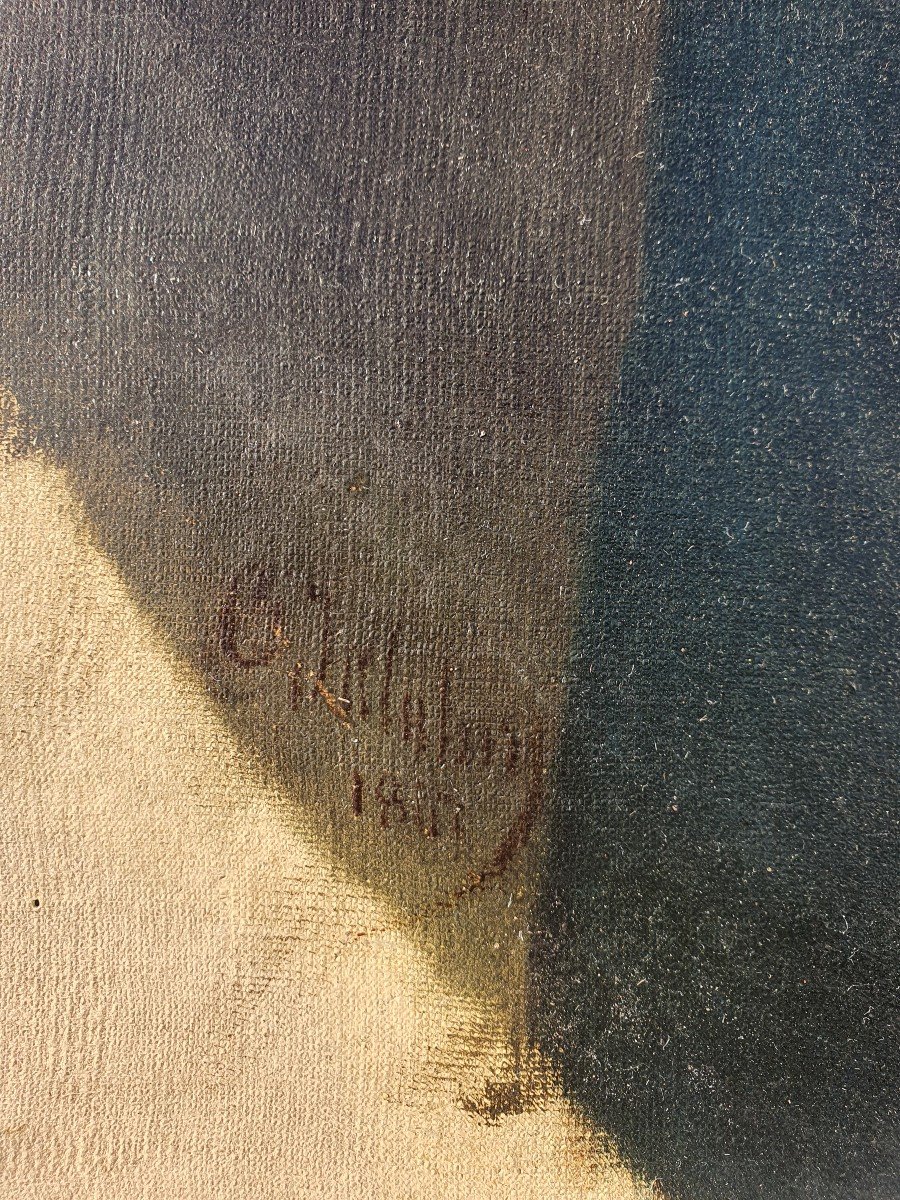













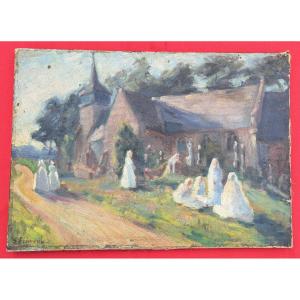






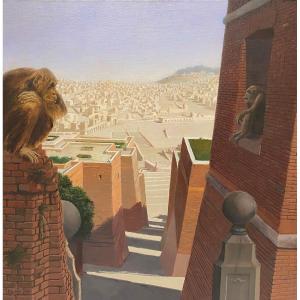

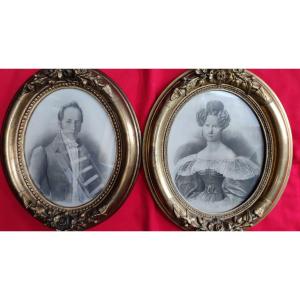
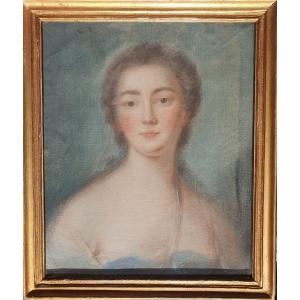



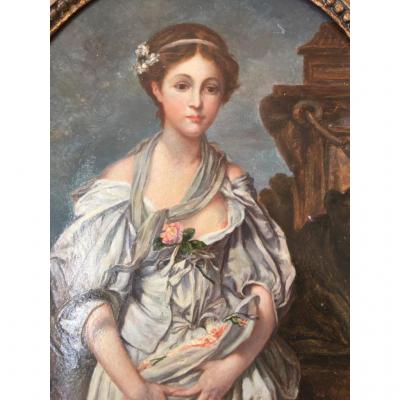

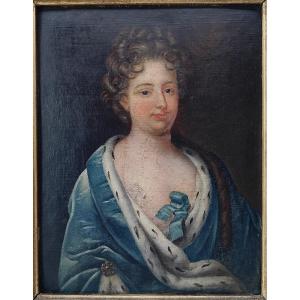

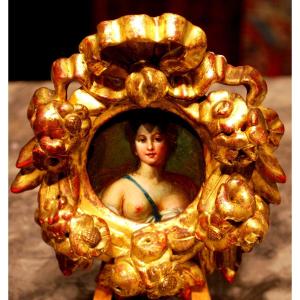



 Le Magazine de PROANTIC
Le Magazine de PROANTIC TRÉSORS Magazine
TRÉSORS Magazine Rivista Artiquariato
Rivista Artiquariato